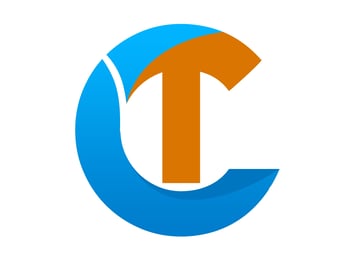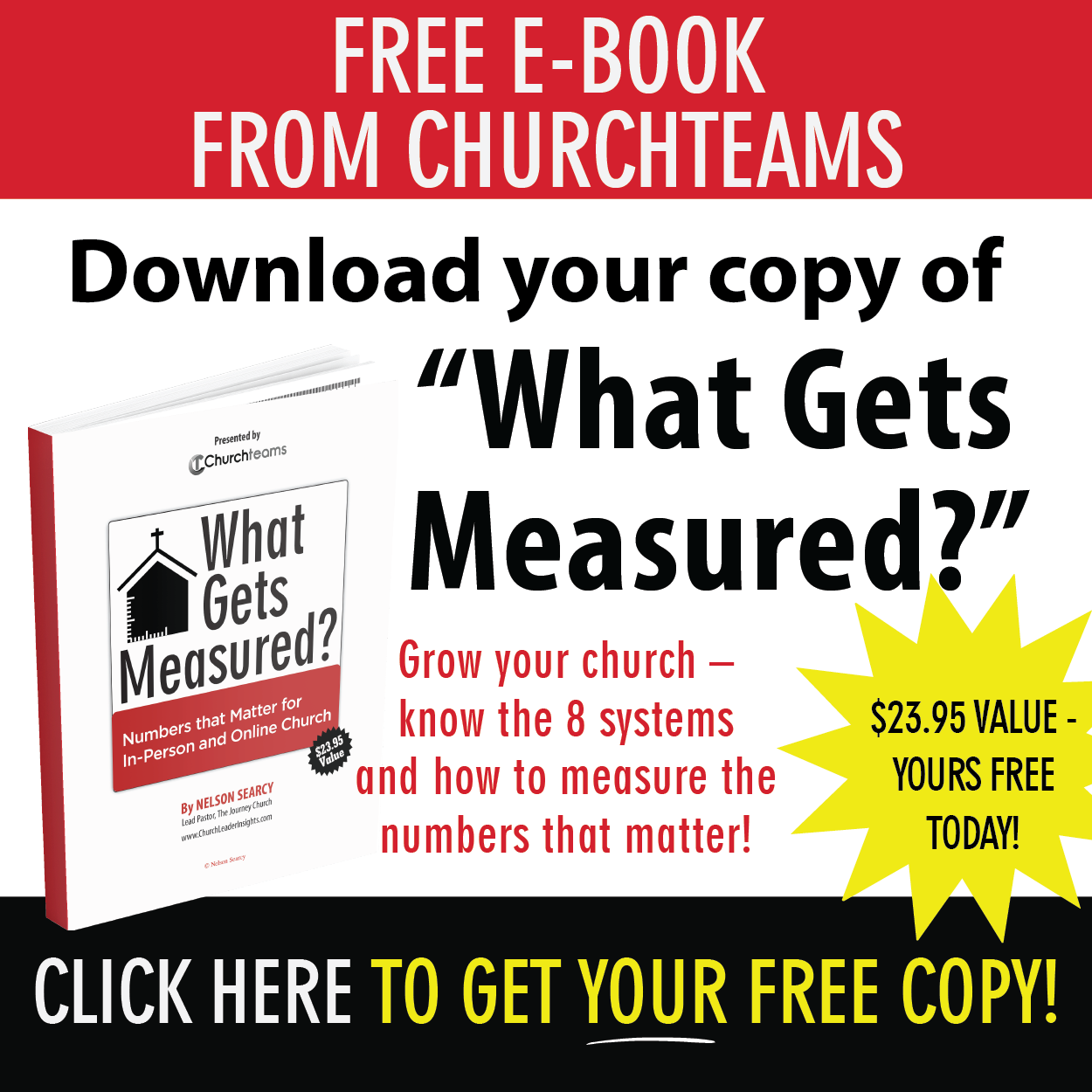 Churchteams pricing is done differently than most Church Management Systems. We think it is the most customer-centric which aligns with our #1 value - great service. It is based simply on the number of people in the database. It doesn't matter if a person is an adult or child, active or inactive, or a member or not. Nor does it matter if you use one feature or all of them. However, here are 7 subtleties in this approach you should be aware of.
Churchteams pricing is done differently than most Church Management Systems. We think it is the most customer-centric which aligns with our #1 value - great service. It is based simply on the number of people in the database. It doesn't matter if a person is an adult or child, active or inactive, or a member or not. Nor does it matter if you use one feature or all of them. However, here are 7 subtleties in this approach you should be aware of.
- More features mean more people. The discount for using just one feature (ex. small groups, check-in, contributions, online giving, event registration) is the fact that fewer features mean fewer people are in the database and lesser expense. Example: A church of 5,000 weekly attendance using us for adult groups may just have 1,500 people in the database and pay the same amount as a church of 350 in attendance using us for everything.
- Three to five times weekly attendance. We've noticed that churches with fairly clean databases have 3 to 5 times as many people in the database as their average weekly attendance. Newer churches may have fewer people, established churches tracking denominational membership may have more people. But, we've found this a helpful guideline as churches estimate the size of their database once they "clean it up". You can even clean it up in Churchteams during the first six months of use.
- Double your size. When you move up to a new price range, you can double your size before going to the price range after that, all the way to 4,000 people. The larger your database gets, the greater the value or lesser the cost per person.
- Grow into the software. Since all the features are available, you can begin using the software for just one ministry area. If you like it, you can expand to use it in other areas of ministry at no additional cost. This gives you the opportunity to try out as much of the software as you want when you want to determine how it can best serve you.
- Learn to archive. Just like you archive your financial records, we recommend you learn to archive your membership records. We have a system we recommend for selecting archival candidates during normal use. We suggest you review these once a year and use our report option to export these people and all their information including their contributions into a spreadsheet archive for long term safe-keeping.
- There is a setup fee. You always have unlimited support from us, even during the free trial. The setup fee exists to help us keep ongoing prices lower for long term clients and to help churches make an initial commitment to learn the software. As you know, a little skin in the game early on is helpful. The setup fee is equal to the price for six months service.
- There is not a long term contract. This gives you the confidence that you are not locked into anything and can mitigate your expenses if needed. We'll even refund unused prepaid services. It's how we would want people to treat us.
Even though we are a for-profit business, profit is not our primary objective. Ministry is. It is my prayer that you see that in every interaction with us, even in these subtleties about our pricing.



